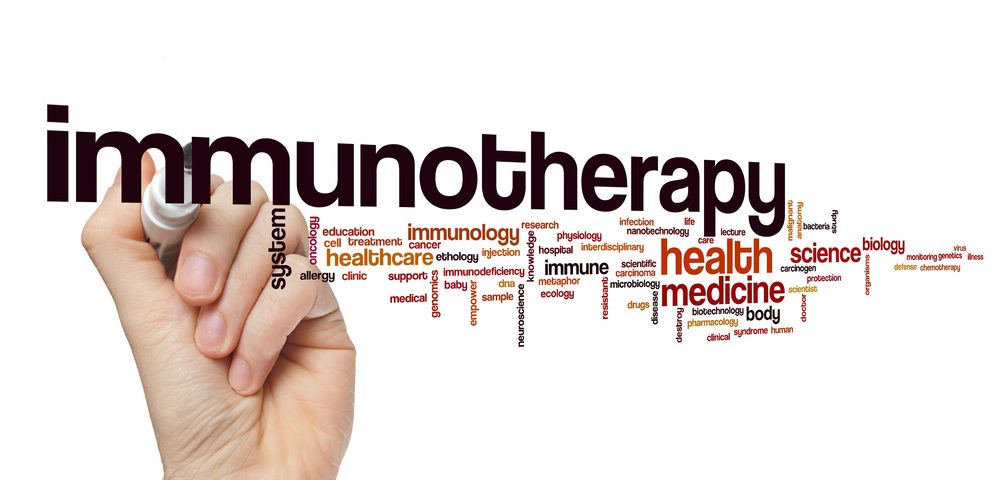Adding Celsion‘s GEN-1 to standard chemotherapy — given prior to surgery — stops disease progression in patients with newly diagnosed advanced ovarian cancer and helps remove the tumor successfully during surgery, without causing significant side effects, a Phase 1b trial shows.
The trial’s data were presented at the American Society of Clinical Oncology-Society for Immunotherapy of Cancer (ASCO-SITC) Clinical Immuno-Oncology Symposium, held in San Francisco from Feb. 28 to March 2. The oral presentation was titled “Phase I study of the safety and activity of formulated IL-12 plasmid administered intraperitoneally in combination with neoadjuvant chemotherapy in patients with newly diagnosed advanced-stage ovarian cancer.”
GEN-1 is a DNA-based immunotherapy that induces a sustained production and release of a pro-inflammatory molecule called interleukin-12 (IL-12), triggering an immune response against malignant cancer cells.
The recently completed OVATION I study (NCT02480374) was designed to assess the safety and effectiveness of eight weekly treatments of GEN-1 (injected into the abdominal cavity) combined with chemotherapy in patients with newly diagnosed advanced ovarian cancer who underwent surgery after chemo.
The study included four dose groups (36 mg/m2, 47 mg/m2, 61 mg/m2 and 79 mg/m2), designed to include three to six patients per group, to find the dose with the highest benefit and having the fewest side effects.
From the 18 women initially enrolled in the study, 12 completed the eight treatment sessions with GEN-1 without experiencing dose-limiting toxicity effects. Fourteen patients were assessed for efficacy.
All patients who received the two higher doses of GEN-1 responded — partially or completely — to treatment, compared to 60% of those who received the lowest doses. Most patients (88%) given the highest doses also achieved a complete surgical resection (no signs of cancer remaining after surgery).
In addition, patients treated with the highest doses of GEN-1 also showed a significant reduction in ovarian cancer biomarkers. Such decreases were also observed in women treated with the lowest doses of GEN-1, but to a lesser extent.
Those who completed treatment attained a median progression-free survival (PFS) — the time until disease worsening or death — of 21 months, which decreased to 17.1 months when considering those who failed to complete all treatment sessions.
The most common adverse events associated with GEN-1 treatment were nausea, abdominal pain and/or cramping, fatigue, vomiting, diarrhea, and low levels of white blood cells.
“Patients in the higher dose cohorts also had a high surgery success rate, with 88% of these patients achieving the optimal outcome of a complete resection. Together, these findings indicate that GEN-1 may alter the tumor microenvironment and may improve ovarian cancer outcomes in combination with [pre-surgery chemotherapy],” Premal H. Thaker, MD, MS, professor of obstetrics and gynecology at the Siteman Cancer Center at the Washington University School of Medicine in St. Louis, Missouri, and lead investigator in Celsion’s GEN-1 development program, said in a press release.
“As a clinician, these observations are very encouraging, and I look forward to further data from the GEN-1 development program to more fully characterize GEN-1’s potential to treat patients with this deadly disease,” Thaker said.
Nicholas Borys, MD, Celsion’s senior vice president and chief medical officer, said: “The results from OVATION I and other evaluations of GEN-1 have provided us with informative and encouraging data that suggest significant potential in treating ovarian cancer, and we look forward to further study of the selected GEN-1 dose in a larger patient population as part of our ongoing OVATION 2 Study, which will include a control arm as well as continued GEN-1 treatment after the interval debulking surgery.”
According to Celsion, the ongoing OVATION 2 Phase 1/2 study (NCT03393884), launched last September, will evaluate whether adding GEN-1 up to 100 mg/m2 to chemotherapy will extend the time to disease worsening or death in up to 130 women with advanced ovarian cancer.

